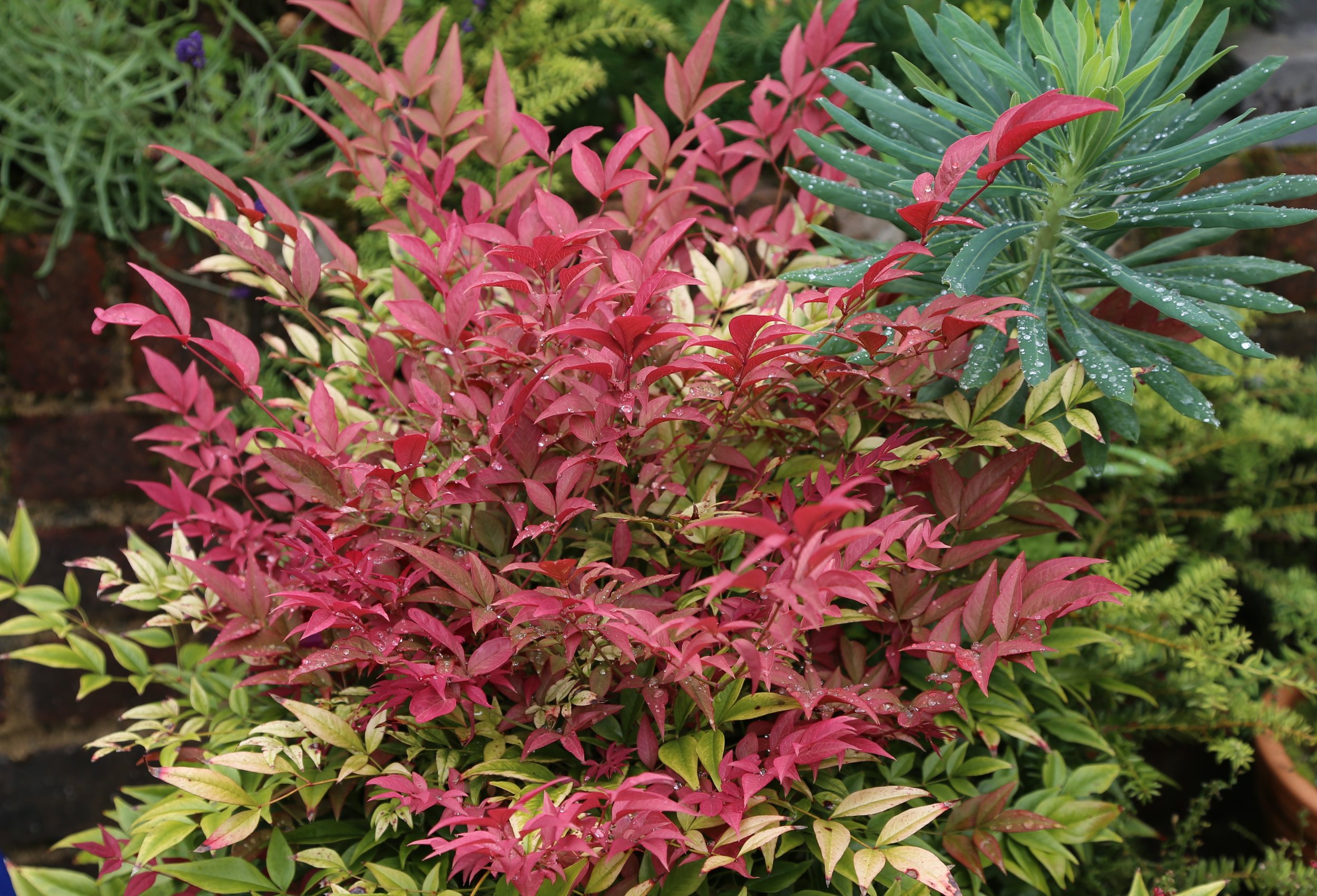Garden Design from a different angle
Andy McIndoe
I approach garden design from a different angle – maybe that’s because I didn’t train as a garden designer.? During my time as a retailer I have always tried to provide what the client wants, but backed up by sound and honest advice. As a horticulturist I try to choose plants that will thrive in a situation rather than those that struggle to survive. I also believe that gardens are about plants and their cultivation, rather than structures, surfaces and practicality. Too often today a garden is seen as a space that could involve work and effort; therefore something to be despatched as soon as possible.
Always consider future maintenance when you plan your garden.
A very successful garden designer once told me that “you design with your mind, not with the spade”. I agree to a certain extent, as long as the mind is accompanied by the senses and a willingness to get the hands dirty on occasions. My approach to garden design is primarily that of a gardener.
Todays Instagram world gives a very different impression of gardens and gardening than that of 60 years ago. Values and wealth have changed, Demands are more aspirational fuelled by the inspiration of the media. The practical, instructional approach of the gardening expert is no longer acceptable. We demand the glossy dreams of the garden celebrity. Instant gratification has perhaps undermined a cheapened the world of garden design.
The image may be beyond your garden, but it can still be an inspiration
I think there are three main factors to consider when planning a garden:
1. How much are you prepared to spend? You need to have a realistic idea of how much money you have available for the garden. Gardens are not necessarily cheaper than interiors and nor should they be. You are establishing a long term asset which can enhance your living environment for years to come.
2. How are you going to maintain it? If you are going to employ a good gardener, be prepared to pay for it. This may influence your initial investment.
3. How long are you going to live here? Often doing a garden follows a house move. If you intend to move again in 5-10 years then this should influence what you plant and the initial maturity of some of the planting.
A simple table and chairs close to the kitchen may be all you need
It is really important to consider how you will use the garden and the layout in relation to the house. The far corner may get the evening sun, but if its miles from the kitchen it is unlikely to be used for eating al fresco.
The trrace can be a colourful part of the garden
Do you really need such a large paved area just to accommodate that rare occasion when you have a dozen round the table outside? Big areas of paving can eat up a lot of the budget and they look bleak and forbidding in winter.
Surrounding the terrace with planting makes all the difference and reduces the impact of grass and paving from the house
The trend towards large areas of glass overlooking the outside should have a major impact on the attention we pay to the view of the garden from the house. The various garden and home transformation programmes seem oblivious to this. So often that expensive extension and those picture windows seem to have a panoramic view of the fence or the neighbours’ windows. These are both easily transformed with the right planting: Perhaps a better investment than a water feature or garden lighting?
The view through the window is all important
The most important advice I would give anyone is: Don’t waste money on an expensive garden design and detailed plan if you have no intention of doing it. More often than not you don’t need a design – you just need good honest advice from someone with an eye and a practical approach. Ideally someone who will be personally involved in getting the work done.
I look forward to hearing from you: email andy@andymcindoe.com
















